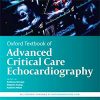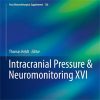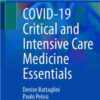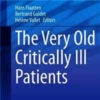Virus-Induced Changes of the Respiratory Tract Environment Promote Secondary Infections
frontiersin.orgSecondary bacterial infections enhance the disease burden of influenza infections substantially. Streptococcus pneumoniae (the pneumococcus) plays a major role in the synergism between bacterial and viral pathogens, which is based on complex interactions between the pathogen and the host immune response.
Here, we discuss mechanisms that drive the pathogenesis of a secondary pneumococcal infection after an influenza infection with a focus on how pneumococci senses and adapts to the influenza-modified environment. We briefly summarize what is known regarding secondary bacterial infection in relation to COVID-19 and highlight the need to improve our current strategies to prevent and treat viral bacterial coinfections.
Our current knowledge regarding secondary bacterial infections in COVID-19 patients is still limited, but considering that both influenza and SARS-CoV-2 cause similar disease symptoms with a massive inflammatory immune response in the lower respiratory tract, ultimately leading to acute respiratory distress syndrome, a predisposition for bacterial superinfections is likely.
The prophylactic use of antibiotics has increased due to the currently ongoing SARS-Cov-2 pandemic, enhancing the risk for increasing resistance to antibiotics.
A better understanding of the mechanisms that promote bacterial superinfection, and more knowledge regarding the processes and factors bacteria use to successfully establish disease in virally infected environments, will help us to develop new therapeutic strategies and identify targets that effectively abrogate and/or cure secondary bacterial infections.

















